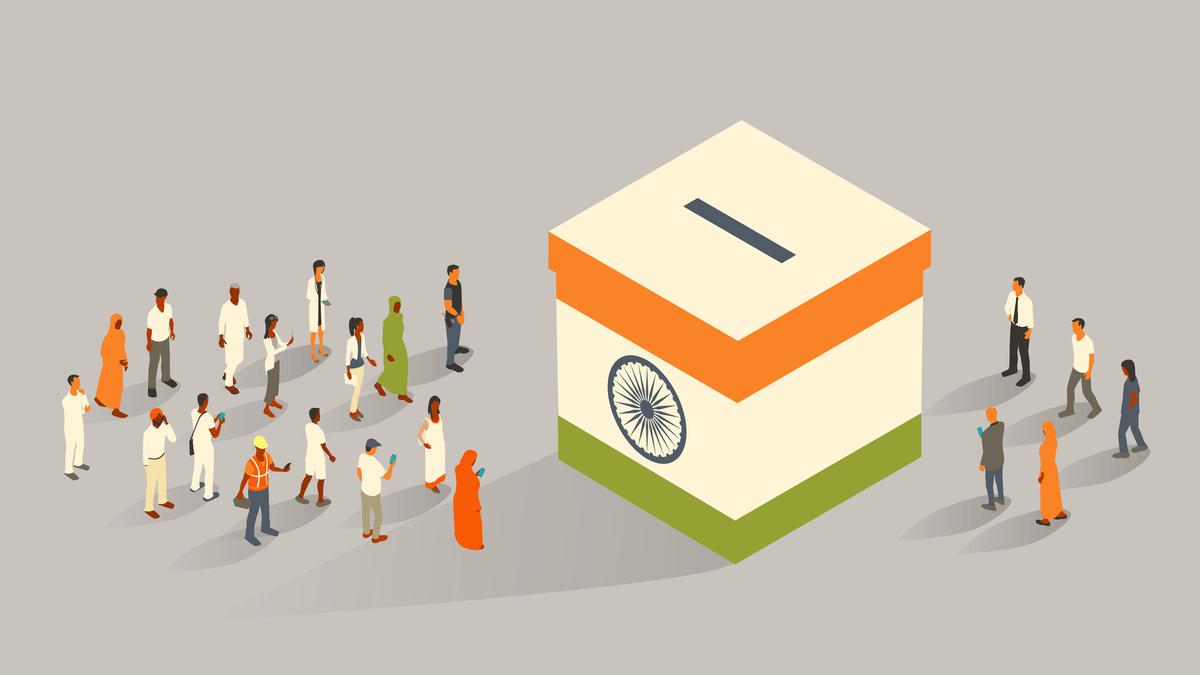- Courses
- GS Full Course 1 Year
- GS Full Course 2 Year
- GS Full Course 3 Year
- GS Full Course Till Selection
- Answer Alpha: Mains 2025 Mentorship
- MEP (Mains Enrichment Programme) Data, Facts
- Essay Target – 150+ Marks
- Online Program
- GS Recorded Course
- NCERT- First Ladder
- Polity
- Geography
- Economy
- Ancient, Medieval and Art & Culture AMAC
- Modern India, Post Independence & World History
- Environment
- Governance
- Science & Technology
- International Relations and Internal Security
- Disaster Management
- Ethics
- Current Affairs
- Indian Society and Social Issue
- CSAT
- 5 LAYERED ARJUNA Mentorship
- Public Administration Optional
- ABOUT US
- OUR TOPPERS
- TEST SERIES
- FREE STUDY MATERIAL
- VIDEOS
- CONTACT US
KODAIKANAL SOLAR OBSERVATORY CELEBRATES 125 YEARS OF STUDYING THE SUN
KODAIKANAL SOLAR OBSERVATORY CELEBRATES 125 YEARS OF STUDYING THE SUN
03-04-2024

The 125th anniversary of the prestigious Kodaikanal Solar Observatory (KSO) was celebrated on 1 April 2024 by the Indian Institute of Astrophysics (IIA)
- Indian Institute of Astrophysics (IIA), an autonomous institute of the Department of Science and Technology (DST).
Historical Background:
- The Madras Observatory, established in 1792 by the British East India Company, was the pioneer of solar observation in India.
- The Madras Observatory was merged with the KoSO following the reorganisation of all Indian observatories on April 1, 1899.
Establishment of KoSO:
- India, along with China, Egypt, Morocco, Ethiopia, southern Africa, Brazil, Columbia and Venezuela, suffered concurrent multi-year droughts during 1876-1878, later named the Great Drought, and an associated global famine that killed nearly 50 million.
- The decision to establish the observatory came after a famine in Madras Presidency in 1893, which highlighted the need to study the sun to better understand monsoon patterns.
- The U.K. Secretary of State, Indian Observatories Committee, chaired by Lord Kelvin, decided to establish the observatory in Kodaikanal, which has favorable atmospheric conditions.
- In response to evidence suggesting a relationship between solar activity and seasonal rainfall in India, the Famine Commission of the British Raj recommended regular solar observations.
- Charles Michie Smith surveyed hill stations in Tamil Nadu and selected Kodaikanal in the Palani Hills for its favorable atmospheric conditions.
- The Government of India approved the establishment of the Solar Physics Observatory in 1893 and construction began soon after.
Early Contributions and Expansion:
- KoSO began systematic observations in 1901, initially focusing on solar physics.
- Over time, its research areas expanded to include cosmic rays, radio astronomy, ionospheric physics and stellar physics, etc.
Integration with the Indian Institute of Astrophysics (IIA):
- In 1971, KoSO was brought under the IIA, increasing its integration with the broader astrophysical research community in India.
Legacy and Ongoing Research:
- Today, KoSO has a vast digital repository of over 1.48 lakh digitized solar images, which provides valuable data for solar research.
- The observatory continues to play an important role in solar research, conducting high-resolution imaging and contributing to our understanding of the Sun's behavior and its influence on Earth's climate and space weather.
Equipment and Facilities:
- KoSO utilizes various instruments, including a 20 cm refractor, twin spectroheliographs, a solar tunnel telescope, and ionosondes for its research activities.
Conclusion:
The Kodaikanal Solar Observatory stands as a tribute to India's rich history of astronomical research. Its contributions to solar physics, ionospheric studies. KoSO remains a vibrant center of solar research, constantly pushing the boundaries of our knowledge of the Sun and its role in the universe.
Must Check: Best IAS Coaching In Delhi



